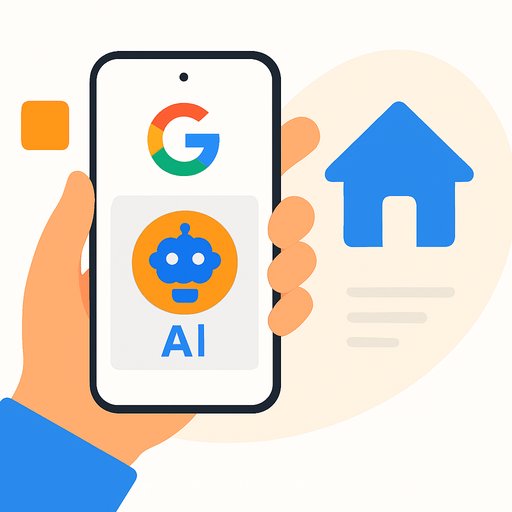Socotra launches Agentic Configuration to compress insurance product build cycles
Socotra has introduced Agentic Configuration, a conversational AI feature that lets insurers build product configurations directly inside the Socotra platform. The company positions it as a way to speed delivery and reduce dependency on scarce technical resources.
Based on Socotra's benchmarking, the tool can reduce product development time by up to 50%, costs by 75% and prototype iteration time by 90%. For teams under pressure to ship new offerings and iterate pricing or coverage faster, those deltas are hard to ignore.
What it does
Agentic Configuration allows non-technical users to capture requirements, generate product configurations and run tests using conversational prompts. Business teams can move from concept to a testable configuration without waiting for specialist configuration support or code changes.
It builds on the recently launched Socotra MCP Server, which connects the Socotra Insurance Suite to AI systems such as Claude. This pairing gives product managers and underwriters an AI assistant inside the configuration workflow.
Where it fits in your stack
Socotra says Agentic Configuration complements existing product and policy workflows by translating intent into platform-ready configurations. It sits alongside features like product inheritance, advanced data models, open APIs and full documentation, which the company claims reduce the need for customisation.
For IT teams, the value proposition is fewer manual handoffs, tighter feedback loops and less rework during testing. For product teams, it's faster iteration with clearer auditability.
Problems it aims to solve
Traditional configuration can be slow and resource-heavy, especially when every change requires technical mediation. Requirements are often lost in translation, and testing cycles expand as product complexity grows.
Socotra's approach uses AI to front-load clarity, reduce backlog and keep stakeholders working in the same environment. The goal: shorter time-to-market with fewer cross-team bottlenecks.
Impact and claims
According to Socotra's internal benchmarks, teams can expect improved throughput across configuration and testing. The company also highlights increased AI literacy as a side benefit, as business users get hands-on with conversational workflows.
Ekine Akuiyibo, Socotra's chief operating officer, said: "Insurance companies are under immense pressure to innovate quickly while facing a shortage of technical talent. With Agentic Configuration, insurers can move from product concept to testable configuration in weeks instead of months. This capability democratises product development, promotes AI literacy and unlocks the creativity of business teams without sacrificing accuracy or governance."
Who benefits
- Product managers and underwriters: Faster requirement capture, rapid prototyping and testable outputs without constant developer support.
- IT and engineering: Clearer inputs, fewer one-off requests and a stronger governance trail for reviews and approvals.
- Operations and QA: Shorter test cycles with prompts that generate repeatable scenarios and edge cases.
Availability and early traction
Agentic Configuration is available now to all Socotra customers and select partners. Earlier this year, If P&C Insurance in the Nordics adopted Socotra for an embedded car-sharing product, signaling broader interest in configurable, API-first insurance platforms.
How to pilot this in weeks, not months
- Pick 1-2 products or endorsements with frequent iterations (pricing tweaks, limit changes, eligibility rules).
- Define guardrails: data access, approval paths and rollback procedures for AI-generated configurations.
- Stand up a sandbox with real test data and regression suites for side-by-side comparisons.
- Create a prompt library for common tasks: coverage definition, rating factor updates, form versioning and test case generation.
- Track metrics: time-to-prototype, config defects found in QA, rework hours, and cycle time from change request to release candidate.
- Involve compliance early with checkpoints tied to prompt outputs and change logs.
Why this matters now
Product velocity is becoming a competitive lever in P&C and specialty lines. AI-assisted configuration offers a practical way to move faster without expanding headcount, while keeping governance intact.
If your teams are building skills with conversational AI and copilots, structured training can shorten the learning curve. See focused programs for product, data and engineering roles here: AI courses by job.
Your membership also unlocks:














